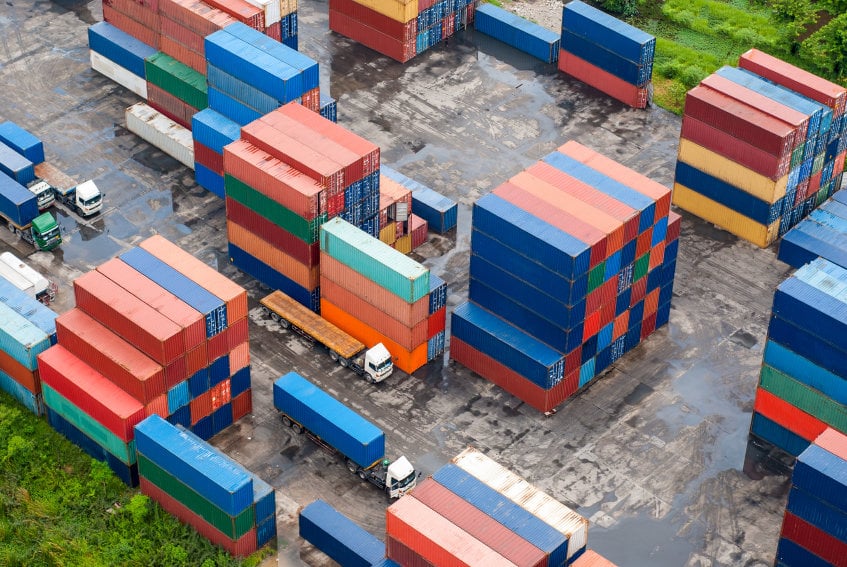First, it’s important to understand the idea behind the creation of the ocean alliances. Over the past couple of years, ocean container carriers have formed into four mega-alliances, largely to create economies of scale. By sharing space on mega-vessels, carriers benefit from lowered operating costs due to their large volume. After the alliances were created, some carriers wanted to benefit from other carriers’ services based on their flagship trade. You can see these changes in the below table:

Back in 2014, the first questions from exporters/importers were asking “Will the mega-alliances mean lower freight rates, or higher ones? More sailing choices, or fewer? Better service, or worse?” Then, nobody knew what was coming for global trade. Now, however, we’ve seen the impact on the ocean freight rates which are currently at their lowest level in history.
The idea behind creating the alliances was cutting the operational and terminal costs of the vessels in order to survive in the shipping logistics industry, as well as competing effectively against the “sharks” of the ocean container industry. On the flip side, it’s clear that so many people lost/changed their job due to these mergers and alliances, and that some people had special titles in order to specialize and organize the internal operation/communication between carriers in their alliance. While they reduced costs, they had, in some cases, additional costs internally. They created over-workload and confusion for their employees which lead people to change jobs. They even shut down their offices in some regions and centralized the operation, as we see employee cost was also an issue for the shipping logistics industry.
What Effect Did These Changes Have on the Shipping Industry?
Reviewing initial ideas and results, we can see what has been achieved from these aims:
- Alliance carriers used larger-sized vessels to cut the operation cost and terminal cost.
- Alliance carriers bought slots from the mother service owners and as a result, small carriers changed service offerings and provided more service options to the logistics industry.
- Some alliance carriers shut down some offices and merged their operational/customer service team under one umbrella office.
- Most alliance member carriers fired well-paid shipping managers who they deemed inefficient.
- People left companies and changed their job.
As a result of these changes, some carriers managed these cost-saving factors very well and stayed alive without merging with any carriers who struggled financially. At the same time, some carriers took advantage of the situation and bought small carriers in order to be a stronger player on trade lanes which were traditionally dominated by smaller carriers. In other words, the big fish ate the small fish, while small fish combined in order to stand up to the big fish in the shipping industry.
How will Ocean Alliances Change When Normalcy Returns to the Shipping Industry?
Overall, it will be very difficult, and harmful, for the carriers to change their services in a bid to return to normalcy in the shipping industry. It will be difficult for the carrier, who is the service owner, to fill vessels on their own without selling the slots to the alliance members or other carriers. Additionally, it’s unlikely that service owners who need to fulfill the vessels are going to be able to apply GRI to increase the low rates to the operating cost level. We will likely see many GRI announcements in 2017, when volumes are expected to reach greater-than-2016 levels. Carriers will have supply issues when trying to meet the demand in the market. Larger-sized vessels are going to be switched back to smaller-size vessels, and ports are going to be busier with the vessel traffic but more efficient since current size cranes in the terminal will be able to load/unload the vessels faster.
Finally, the most-important impact will be on employees, as carriers are going to encounter difficulty hiring people for a few years, and they will be moving operations again to different regions in order to meet the expectations quickly from customers.
Alliance agreements are an ever-present topic within the shipping logistics industry. These agreements will expire at different times over the next few years creating a dynamic environment for any future mergers and acquisitions. For now, there are more questions than answers on the shipping industry.
- 456shares
- 429LinkedIn




